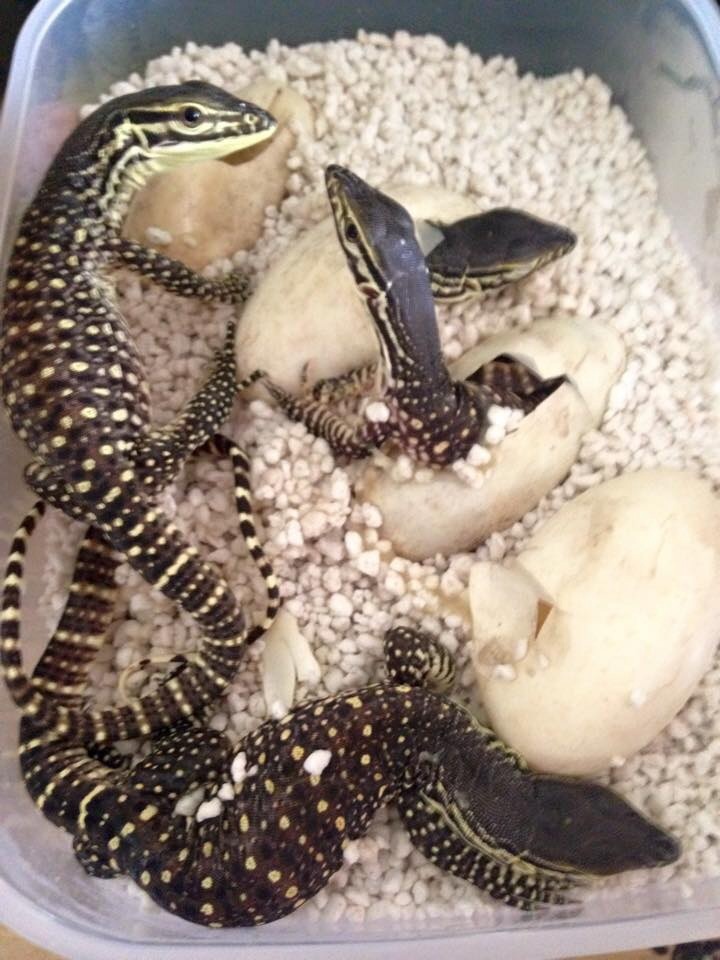
They seldom display signs of aggression!įortunately, Ackie Monitors in the wild are not at risk of becoming endangered and are listed under “Least Concern” on the IUCN’s Red List.

In terms of temperament, Ackie Monitors are easy going and well suited to captivity. 🤓 Expert Tip: To maximize the size of your Ackie Monitor and ensure they live a long life, it is crucial you provide them with a proper diet and habitat setup from a very young age. When it comes to lifespan, Ackie Monitors can live on average between 15 and 20 years, making them a lifelong commitment for pet owners. However, they tend to be much less spiky. In some Ackie Monitors, these scales can be found extending up their body. These scales are responsible for the tail’s spiky appearance. Most of this length comes from their tail, which on average is 1.2-2.3X the length of their head and body.Īside from its long length, an Ackie Monitor’s tail also showcases what are referred to as “Spinose Scales”. In terms of how big Ackie Monitors get, you can expect an adult Ackie Monitor to reach between 24 and 30 inches in length when fully grown.

As such, the information in this guide will work well for either lizard. The second color variation is the “Yellow Ackie” which is similar to that of the Red but instead features a golden brown base with yellow spots.īoth the Yellow and Red Ackie are regarded as the same species, despite their color differences. The tail is noticeably darker and features bands instead of spots. The first Ackie Monitor coloration is that of the “Red Ackie” which showcases a dark reddish brown body peppered with brown spots all over the head and body. ⭐️ Fun Fact: Did you know? The Ackie Monitor is often also referred to as the “Spiny-Tailed Monitor”, “Ridge-Tailed Monitor”, and “Ackie Dwarf Monitor”.Īnd although there are several Ackie Monitor morphs, you will typically see Ackie Monitors available in 2 color variations… Yet, unlike their intimidating Komodo Dragon and larger monitor lizard relatives, Ackie Monitors are relatively gentle and can be downright quirky at times! You see, Ackie Monitors have a distinctly prehistoric look and many reptile enthusiasts are delighted to learn they share lineage with the notorious Komodo Dragon! However, Ackie Monitors are much smaller, and are regarded as medium sized lizard. Native to the North Western portion of of Australia, the Ackie Monitor ( Varanus acanthurus), is a striking lizard that at first glance, some may find intimidating. So, if you’d like to learn more about proper Ackie Monitor care, simply keep reading! What is an Ackie Monitor? The majority of an Ackie Monitor’s length comes from their tail, which typically measures 2x the length of their head and body combined! If you want the biggest Ackie Monitor possible, opt for a Red over a Yellow as they tend to be bigger and be sure to choose a large enclosure, and provide plenty of heat and UVB.
#ARGUS MONITOR BITE HOW TO#


 0 kommentar(er)
0 kommentar(er)
